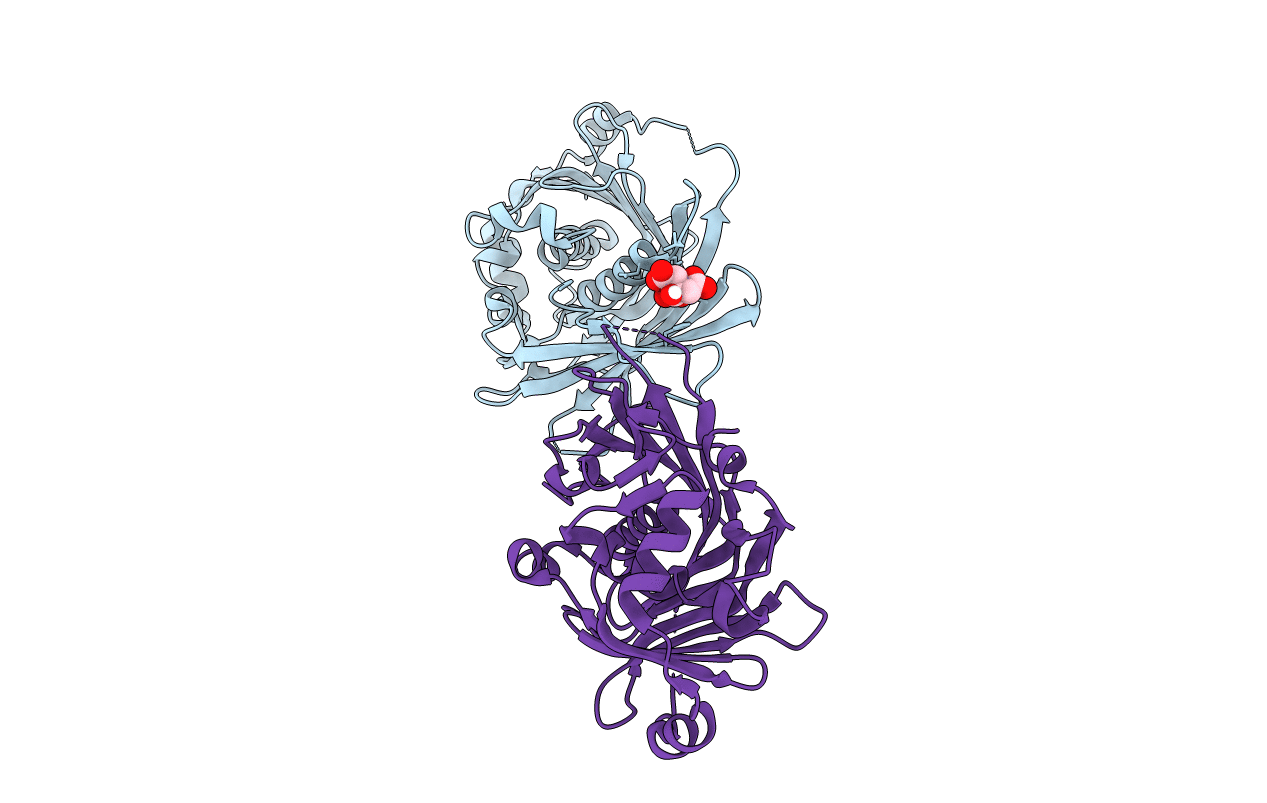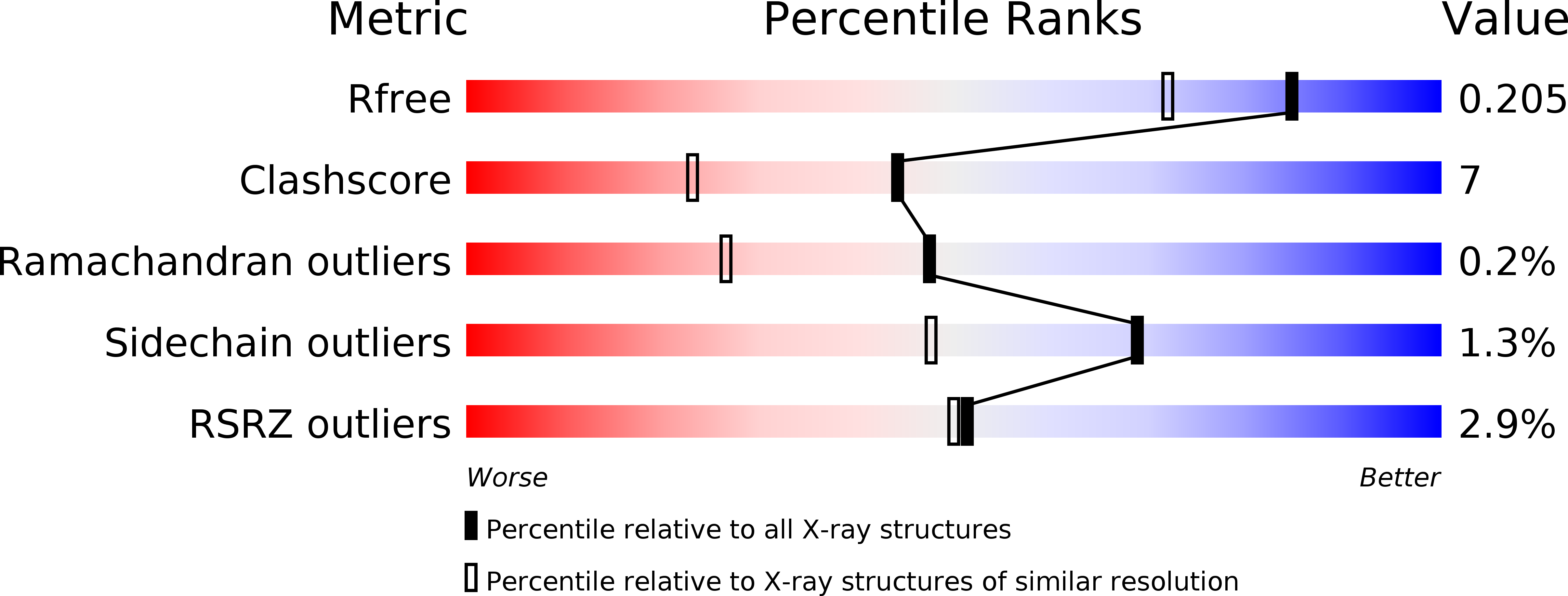
Deposition Date
2016-11-21
Release Date
2017-01-11
Last Version Date
2023-10-04
Entry Detail
Biological Source:
Source Organism:
Moorea producens 3L (Taxon ID: 489825)
Host Organism:
Method Details:
Experimental Method:
Resolution:
1.65 Å
R-Value Free:
0.20
R-Value Work:
0.17
R-Value Observed:
0.17
Space Group:
P 21 21 21


